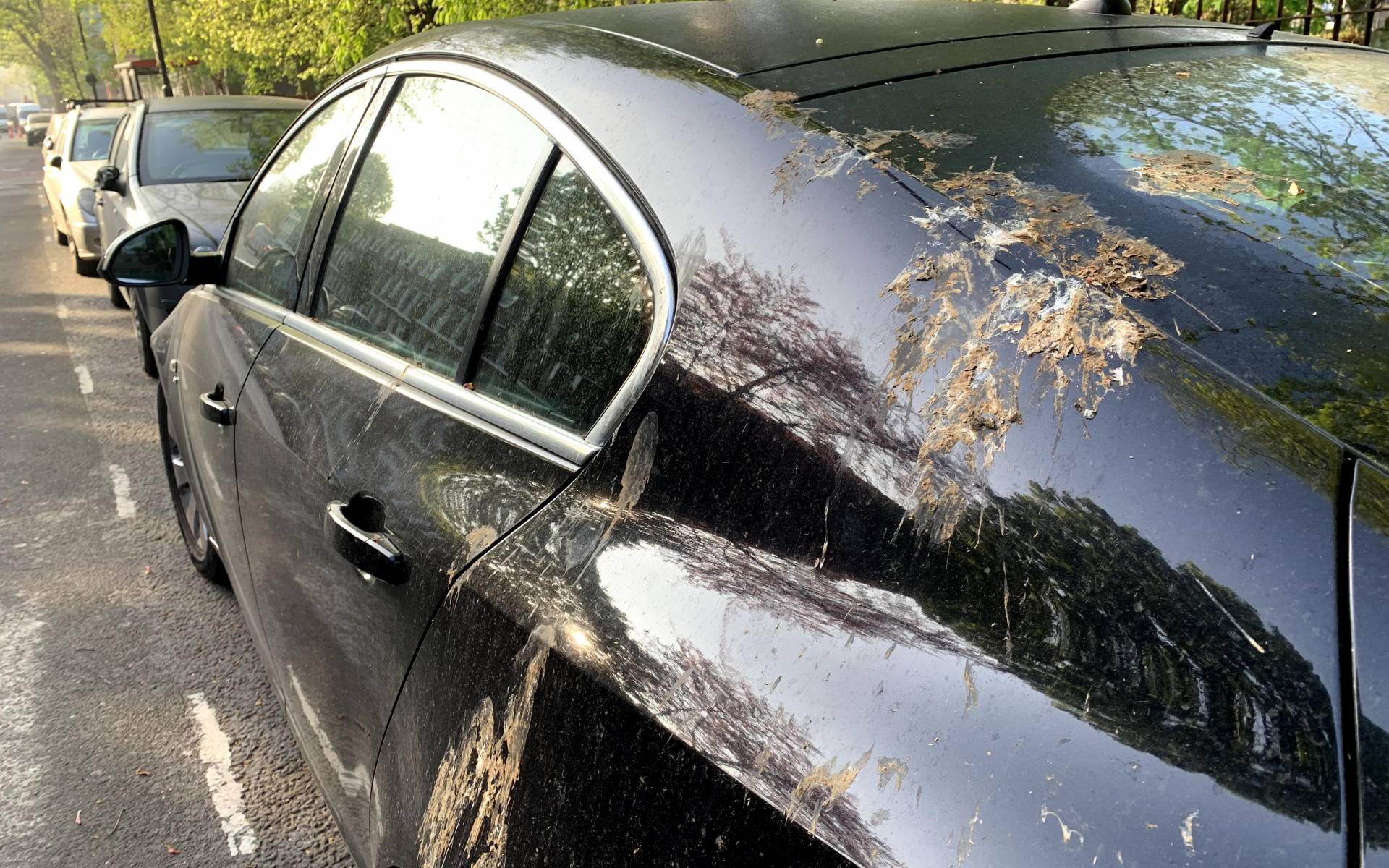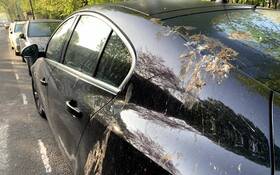Ford Uses Fake Bird Poop to Test Car Paint
Automakers invest massively in research and development, but we bet you never imagined that some of them spend time recreating bird poop.
Yep, that’s exactly what Ford does at one of its European labs. Why? Their goal is to develop car paint that will better withstand these acid substances and prevent their damaging effects.
A Gift From Heaven
“With so many cars parked up at the moment as people stay at home, it’s likely birds are leaving their mark more than usual. It’s wise to remove it before it gets too baked on,” says André Thierig, manager, Core Engineering Paint, Ford of Europe.
But what if your car’s paint had a special protective layer against bird poop? That’d be awesome!
Ford engineers came up with synthetic droppings so realistic they can accurately reflect the differing diets—and subsequent different acidity of droppings—of most of the birdlife in Europe. Then, by fine-tuning the pigments, resins and additives that go into making a car’s shiny protective paintwork, they claim they can ensure the coating Ford applies to its vehicles has the optimum make-up to resist the impact of these types of pollutants in any weather.

The Tests
Sample pieces of this synthetic bird poop are sprayed onto body panels which are aged at 40° C, 50° C and 60° C in an oven to replicate customer use in extreme heats, pushing the paint corrosion protection to its limits.
It’s similar to other tests Ford is conducting with synthetic pollen and phosphoric acid mixed with soap detergent to imitate sticky tree sap. Here, the panels go into ovens at 60° C and 80° C for 30 minutes.
Of course, the company also tests paint resistance to UV rays (for periods of up to 6,000 hours), frigid temperatures and harsh winter road grime. Another test simulates staining from over-fuelling at a gas station.
Some Good Advice
While Ford keeps working on new anti-bird poop paint, you’d be wise to regularly wash your car with a sponge and lukewarm water containing neutral pH soap and gently remove harmless-looking substances. A good waxing once or twice a year also helps protect the paint and maintain its shiny look longer.












